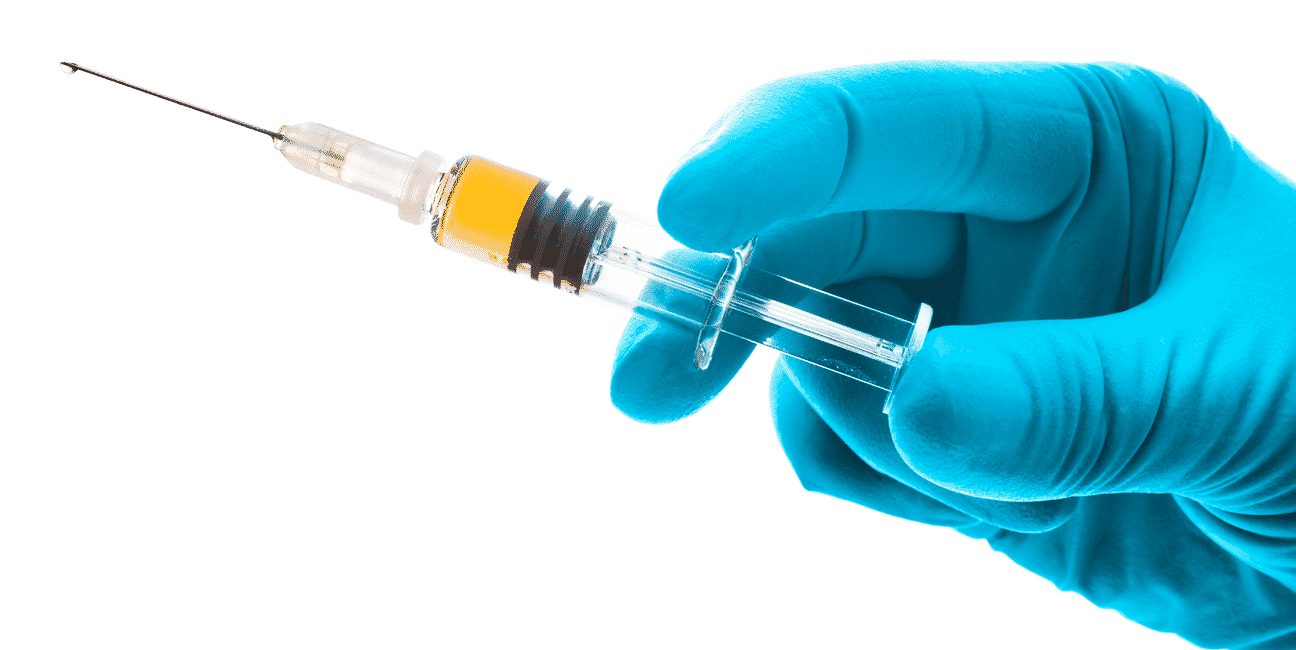Could Triple Protection Vaccine Spell the End of Pneumonia?
Although the number of pneumonia-related deaths reduced by one million between 2004 and 2015 due to the introduction of the ‘pneumo jab’, the injection only targets the 23 most critical forms of the bacteria, with other strains also being responsible for fatalities.
However, a new vaccine may lower death rates drastically.
The new vaccine, which is undergoing animal testing, may lower the number of deaths even further by targeting dozens of additional strains of S. pneumoniae. It may also anticipate future versions of the bacteria responsible for pneumococcal disease, which includes sepsis and meningitis.

Each strain of S. pneumoniae contains unique polysaccharides. Vaccines such as Prevnar 13 and Synflorix connect these sugars — by the sharing of an electron — to a protein called CRM197. The process, known as a covalent bond, creates a potent vaccine that prompts the body to find and destroy bacteria before it colonizes the body.
While effective, creating covalent bonds for each strain of S. pneumoniae is time-consuming and expensive. Plus, this
type of immunization, known as a conjugate vaccine, prompts the body to eliminate each of the targeted bacteria types — regardless of whether the bacteria is idyll or attacking the body.Another vaccine, Pneumovax 23, contains sugars of 23 of the most common types of S. pneumoniae. However, the immune response it provokes is not as strong as Prevnar because the sugars are not covalently linked.
The new vaccine, which is under development provoked an immune response to 72 forms of S pneumoniae – including the 23 mentioned above – in lab tests on animals.
Key to the technology is a liposome – a tiny liquid- filled bubble made of fat – that acts as a storage tank for the sugars, they said.
Since the sugars are not covalently bonded, it is possible that the liposome could host all of the sugars that identify individual strains of S pneumoniae, researchers said.
“We have made tremendous progress fighting the spread of pneumonia, especially among children. However, if we are ever going to rid ourselves of the disease, we need to create smarter and more cost-effective vaccines,” said Blaine Pfeifer associate professor at the University at Buffalo in the US.
“Traditional vaccines completely remove bacteria from the body,” says Charles H. Jones, the study’s other co-lead author.
“But we now know that bacteria — and in a larger sense, the microbiome — are beneficial to maintaining good health. What’s really exciting is that we now have the ability — with the vaccine we’re developing — to watch over bacteria and attack it only if it breaks away from the colony to cause an illness. That’s important because if we leave the harmless bacteria in place, it prevents other harmful bacteria from filling that space.”
In tests performed on mice and rabbits, the new vaccine stimulated an immune response to 72 of the more than 90 known strains of S. pneumonia and in many cases, outperformed Prevnar and Pneumovax.
“The advantage of our approach is that we don’t have to apply the more complex covalent chemistry that is required for Prevnar,” Pfeifer says. “As a result, we can extend beyond the 13 types of sugars, potentially providing universal coverage against bacteria that causes pneumonia, meningitis, sepsis and other types of pneumococcal disease.”
“It holds the promise of saving hundreds of thousands of lives each year.”






























